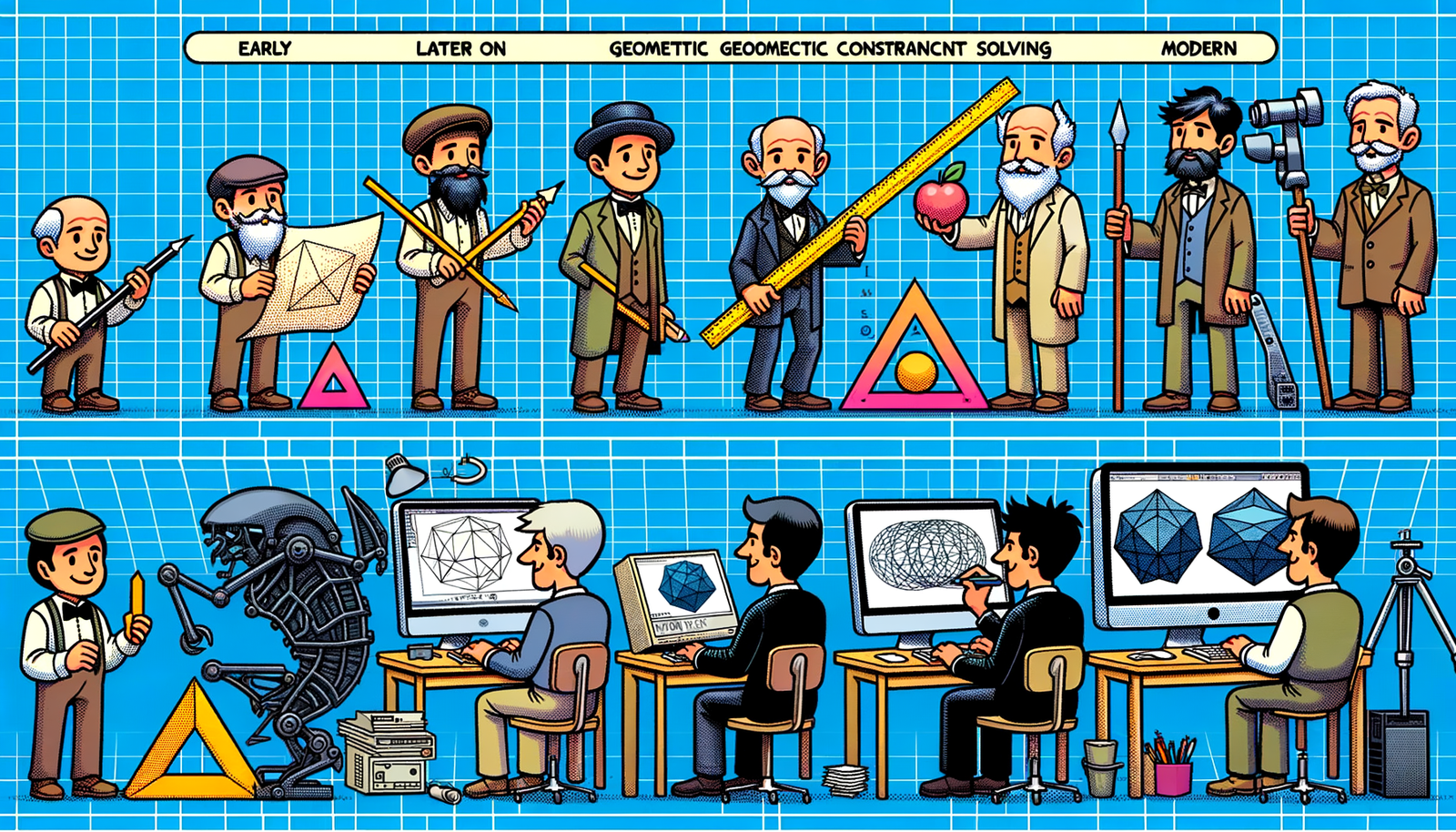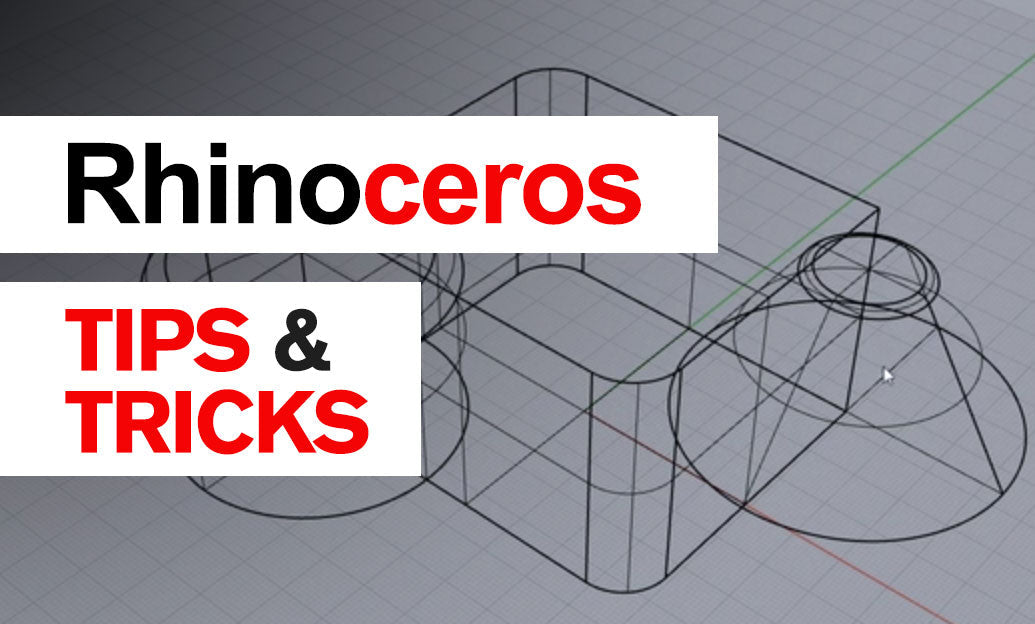Your Cart is Empty
Customer Testimonials
-
"Great customer service. The folks at Novedge were super helpful in navigating a somewhat complicated order including software upgrades and serial numbers in various stages of inactivity. They were friendly and helpful throughout the process.."
Ruben Ruckmark
"Quick & very helpful. We have been using Novedge for years and are very happy with their quick service when we need to make a purchase and excellent support resolving any issues."
Will Woodson
"Scott is the best. He reminds me about subscriptions dates, guides me in the correct direction for updates. He always responds promptly to me. He is literally the reason I continue to work with Novedge and will do so in the future."
Edward Mchugh
"Calvin Lok is “the man”. After my purchase of Sketchup 2021, he called me and provided step-by-step instructions to ease me through difficulties I was having with the setup of my new software."
Mike Borzage
Cinema 4D Tip: Enhancing Cinema 4D Renders with Advanced Third-Party Rendering Techniques
July 03, 2024 2 min read

For those looking to push the visual quality of their 3D scenes in Cinema 4D to the next level, exploring advanced rendering techniques with third-party rendering engines is a game-changer. Today we'll dive into how these engines can enhance your renders and why you might want to consider using them.
NOVEDGE is the perfect place to start when you're looking to acquire powerful third-party renderers for Cinema 4D. Let’s explore some of the benefits:
- Photorealism: Engines like Octane Render or Redshift can provide hyper-realistic lighting and materials that mimic real-life physics, taking your scenes from great to breathtakingly lifelike.
- Speed: Many third-party renderers offer GPU acceleration, which can significantly improve render times, allowing for more iterations and faster project completion.
- Flexibility: Each rendering engine has its own set of unique features and workflows. For example, Arnold is known for its versatility and ease of use, while Octane offers an impressive live viewer for real-time feedback.
- Integration: Third-party engines are designed to work seamlessly with Cinema 4D’s workflow, meaning you can often use your existing knowledge and skills while taking advantage of the renderer's enhanced capabilities.
- Support for Cinema 4D’s features: MoGraph, Hair, and other native tools can be beautifully rendered with third-party engines, giving you the power to create complex animations and effects.
- Advanced Features: Things like deep pixel rendering, subsurface scattering, and complex caustics are often handled more accurately and with better quality in specialized render engines.
- Large Material Libraries: Many third-party renderers come with extensive material libraries that can save you time and provide inspiration for your projects.
- Community and Support: Renderers such as V-Ray have large communities and vast amounts of educational content, which can be invaluable for learning and troubleshooting.
Here's how to start incorporating a third-party rendering engine into your workflow:
- Educate Yourself: Take advantage of online tutorials and forums. Vendors often provide substantial documentation and user guides.
- Test the Waters: Many third-party renderers offer trial versions. Use these to experiment and find the engine that best suits your needs.
- Consider Your Hardware: Ensure your system meets the requirements for GPU-based rendering, as some engines may require high-end graphics cards.
- Integration: Once you’ve chosen a renderer, integrate it into your workflow gradually. Start with small projects to understand the process before moving to larger ones.
- Connect with the Community: Join social media groups, forums, or online communities focused on your chosen renderer to stay updated and get support.
Remember, the key is to find the rendering engine that aligns with your project's needs and your personal workflow. If you are looking to invest in a third-party renderer, make sure to check out NOVEDGE’s collection for some of the best options available on the market.
You can find all the Cinema 4D products on the NOVEDGE web site at this page.
Also in Design News

Bluebeam Tip: Maximize PDF Security and Efficiency with Bluebeam Revu's Flatten Tool
December 02, 2024 1 min read
Read More
Design Software History: Evolution and Impact of Geometric Constraint Solving in CAD History
December 02, 2024 2 min read
Read More
Rhino 3D Tip: Enhancing Scale Modeling Accuracy in Rhino 3D: Essential Tips for Designers and Engineers
December 02, 2024 2 min read
Read MoreSubscribe
Sign up to get the latest on sales, new releases and more …


